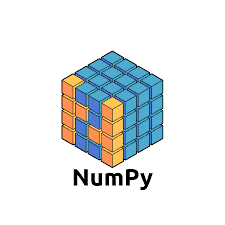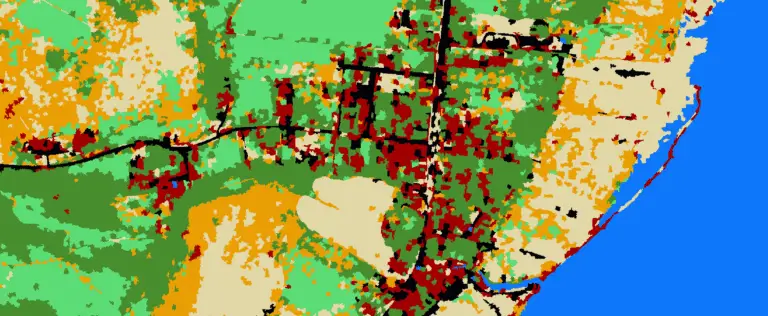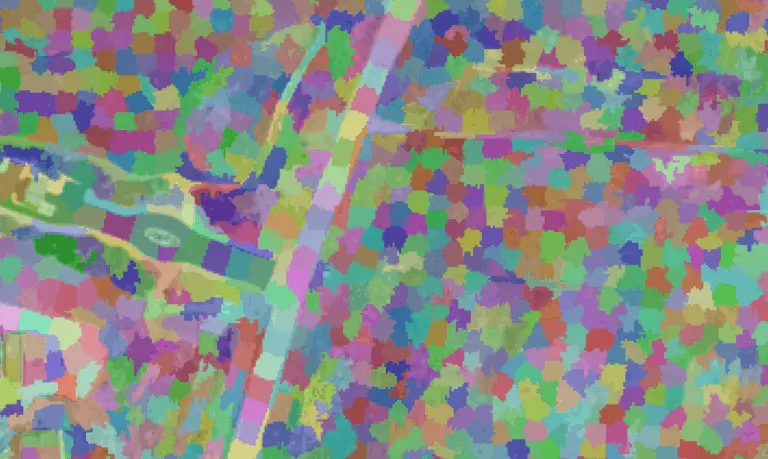The Correct Way to Generate Random Numbers in Python with NumPy
Random number generation is a common programming task that is required for many different programs and applications. In Python, the most common way to generate random numbers is arguably the NumPy module. NumPy is fast, reliable, easy to install, and relied on by many programs. As of 2022 (numpy version 1.22) the proper way to…






